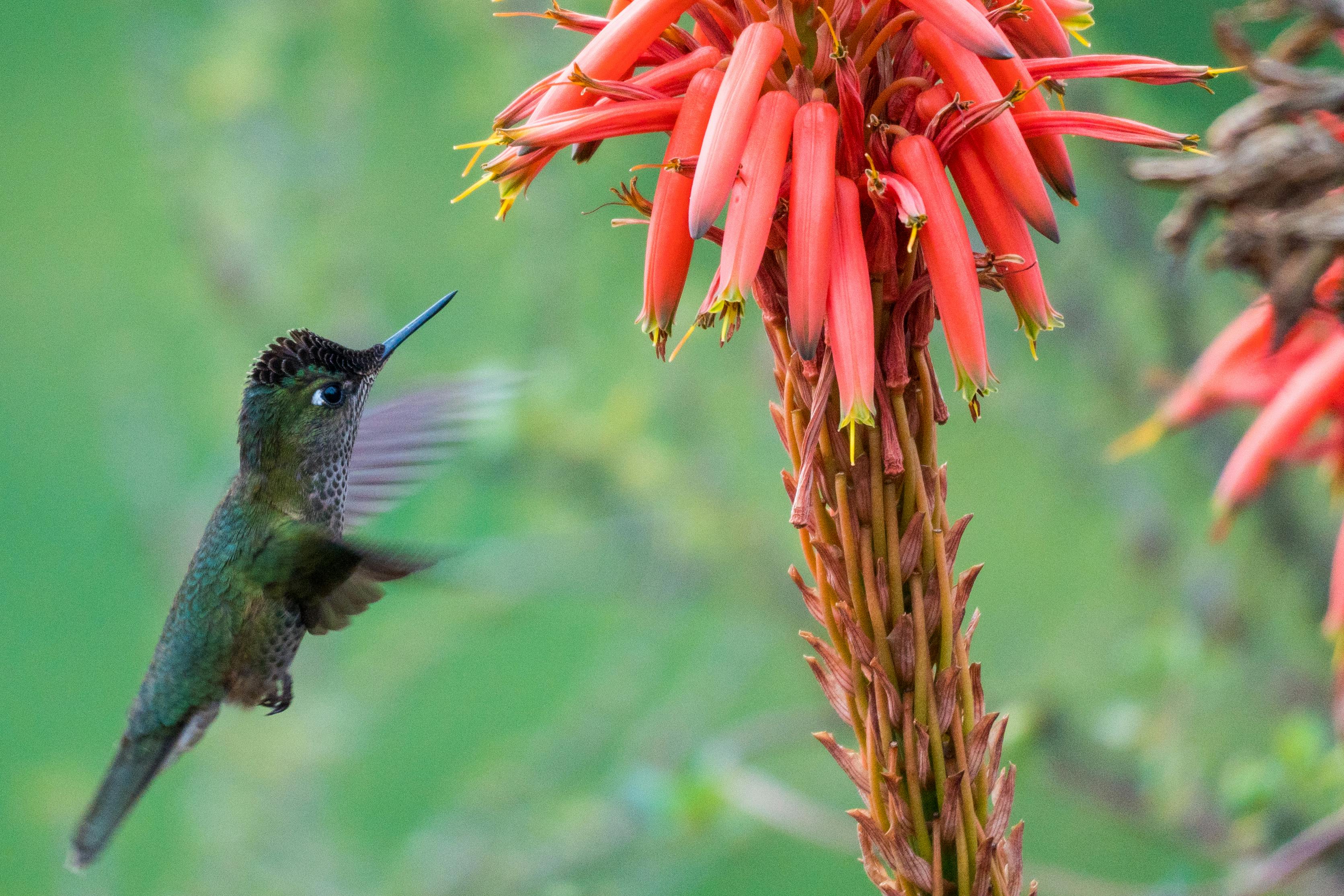
Top 5 Effective Ways to Capture the Northern Lights in 2025
The Northern Lights, also known as the Aurora Borealis, offer one of nature’s most breathtaking displays. For many photographers, capturing these vibrant lights is a goal that combines technical skill with a sense of adventure. The year 2025 promises to be an exciting time for Northern Lights photography, as advancements in technology and increased accessibility to prime viewing locations make it easier than ever to achieve stunning images. In this article, we'll explore effective ways to photograph Northern Lights, from planning your photography trips to mastering camera settings and techniques.
By following these five key strategies, you can enhance your photography skills and ensure you return home with captivating images of the Aurora Borealis. Whether you’re a seasoned photographer or a beginner with a smartphone, our detailed guide will equip you with essential Northern Lights photography tips to make your experience unforgettable.
Here we delve into the best camera settings for Northern Lights, timing your shoots, and even tips for editing your images for that perfect shot. Get ready to embark on a journey into the magical world of Northern Lights photography.
1. Planning Your Northern Lights Photography Trip
Effective planning is crucial for capturing stunning images of the Northern Lights. Begin by researching the best locations and times of year to witness this celestial phenomenon. Popular locations for Northern Lights chasing include Alaska, Iceland, Canada, and Scandinavia, where you’re likely to have clear visibility.
Utilizing tools such as Northern Lights forecast apps can help you identify peak times for viewing. Aim for trips during winter months when nights are longest and skies are clearest. Remember to check weather conditions regularly as they can change rapidly, impacting your chances of seeing the auroras.
Consider joining aurora photography workshops or guided tours, which not only enhance your chances of capturing great photos but also teach valuable skills and provide community support.
2. Mastering Camera Settings for Aurora Photography
Understanding how to use your camera is vital for capturing the Northern Lights effectively. Start with a DSLR or mirrorless camera, as these provide greater control over settings compared to smartphones.
The best camera settings for Northern Lights include a wide aperture (f/2.8 or lower), a high ISO (800 to 3200 depending on the light), and a shutter speed between 5 to 30 seconds. Experiment with different exposure settings while always shooting in RAW format to capture maximum detail.
Don't forget to adjust your white balance to a cooler temperature (between 3000K and 4000K) to accurately depict the colors of the auroras. Additionally, using a tripod is essential to prevent camera shake and achieve sharp images during long exposures.
3. Composition Techniques for Awe-Inspiring Photos
To enhance your photographs, focus on composition. This includes the framing and elements surrounding the Northern Lights. Try to incorporate interesting foreground elements, such as trees, mountains, or water, to add depth to your photos.
Opt for wide-angle lenses (around 14-24mm) to capture expansive scenes and include more of the sky in your photos. Remember to apply the rule of thirds, positioning the horizon line either one-third from the top or bottom of the frame to create a balanced composition.
Capturing the Milky Way alongside the Northern Lights can also produce awe-inspiring images. Scout locations away from city lights to minimize light pollution and optimize the visibility of both phenomena.
4. Optimal Timing and Weather Conditions for Shooting
Capturing the Northern Lights requires more than just arriving at the right location; timing is key. The best time of year for auroras is usually from September to March when the nights are longer and darker.
Pay attention to solar activity, as higher solar wind speeds increase your chances of seeing brighter auroras. Clear, dark skies with little-to-no light pollution are ideal conditions, so also monitor the weather forecast to ensure cloudless nights.
Apps that track Northern Lights forecasts, such as northern lights forecast apps, will be invaluable in planning your excursions. Be prepared to wait, as the auroras can be unpredictable in timing and intensity.
5. Editing Your Northern Lights Photos
Once you’ve captured stunning images, the next step is to edit your photos to enhance their visual appeal. Editing software, like Adobe Lightroom or Photoshop, can help you adjust exposure, contrast, and saturation to bring out the vivid colors of the auroras.
When editing, consider adjusting the temperature to enhance the blues, greens, and purples often found in Northern Lights images. Try to maintain a natural look while enhancing the contrast between the auroras and the night sky.
Incorporating filters during editing can also help in balancing brightness and color depth. Fast photo editing tips for beginners include utilizing presets that can streamline your editing workflow, allowing for quick adjustments.
Conclusion
In conclusion, photographing the Northern Lights can be a remarkable experience filled with adventure and creativity. By effectively planning your trip, mastering your camera settings, focusing on composition, understanding optimal timing and weather conditions, and enhancing your images through editing, you can significantly improve your chances of capturing stunning photos of this natural wonder.
So pack your camera, venture out into the wilderness, and immerse yourself in the beauty of the Aurora Borealis when the time comes. Get ready to share your experiences and inspire others with your stunning Northern Lights photographs!
```